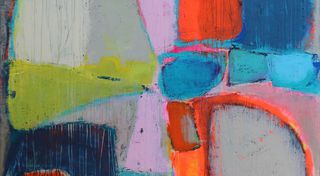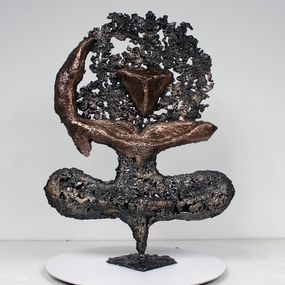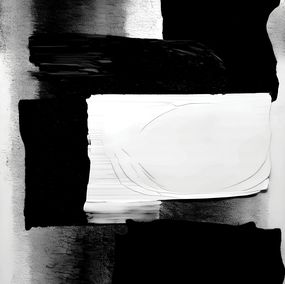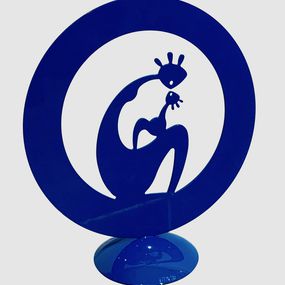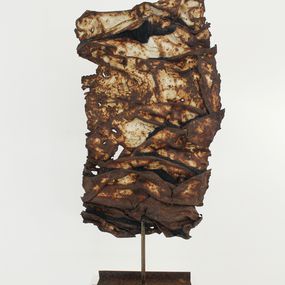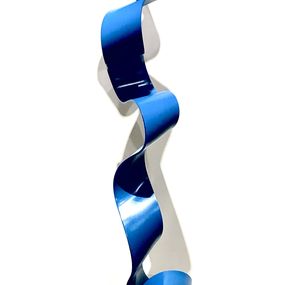
Steel Sculpture for Sale
Steel sculpture emerged in the 20th century, marking a significant shift in the materials used in art. While precious metals had traditionally been favored by sculptors, the industrial revolution and urbanization paved the way for more accessible materials, including steel. In earlier times, bronze was the go-to choice for sculptors, especially for outdoor works due to its durability. However, the introduction of steel in sculpture brought new possibilities, especially for large-scale, outdoor installations.
One of the key advantages of steel is its malleability at high temperatures, which allows sculptors to create intricate shapes and forms. Stainless steel, in particular, became popular for outdoor sculptures due to its resistance to rust and harsh weather conditions. Over the 20th century, steel sculpture became a prominent feature in public spaces, urban environments, and gardens, enhancing the aesthetic appeal of these areas.
Richard Serra is one of the most renowned artists known for his use of steel in sculpture. His minimalist practice often involved working with large sheets and rolls of steel, which were carefully balanced on the ground. Serra took steps to ensure that the material would not degrade over time by applying a solution that gave his sculptures a rusted appearance. Later in his career, Serra shifted to monumental, site-specific sculptures that were influenced by their surroundings. His works invite viewers to interact with them, walking around the sculptures while being dwarfed by their size, encouraging contemplation on their own perceptions of space and their bodies in relation to the sculpture.
Another prominent artist known for his large-scale steel sculptures is Bernar Venet. His massive steel arches are a familiar sight in cities worldwide, and his work continues to captivate audiences. Venet's sculptures often engage with the viewer, creating dynamic, awe-inspiring public art installations.
Among the most influential sculptors working with steel is Alexander Calder. Despite the material's density, Calder achieved surprising delicacy and lightness in his sculptures. His iconic colorful mobiles, a hallmark of kinetic art, demonstrate an extraordinary balance, making them both visually captivating and conceptually profound. Calder's work continues to fascinate viewers for its innovative use of steel and dynamic movement.
In a different style, César, a French sculptor, used steel, along with other materials such as lead and iron, to create works that critique consumerism. His “Compression" series, which featured the compression of everyday objects, starkly contrasts the elegance seen in other steel sculptures, showcasing the material's versatility in conveying different messages.
Today, contemporary sculptors continue to explore the potential of steel, especially for monumental pieces. Among these artists is Jeff Koons, whose famous “Balloon Dog" sculpture is made of stainless steel with a colorful mirror finish. Koons has transformed the ephemeral nature of a balloon into a lasting, almost eternal piece of art. Anish Kapoor's “Cloud Gate" in Chicago is another iconic example of steel sculpture, demonstrating the material's ability to create engaging, large-scale public art.
On Artsper, you can find a curated selection of modern and contemporary steel sculptures from leading art galleries. Artists like Philippe Buil, who creates elegant and poetic steel sculptures, and Nicolas Dubreuille, known for his colorful and minimalist designs, showcase the diversity of steel in contemporary art. Additionally, Paradox Creations, inspired by the works of Alexander Calder, continues to push the boundaries of kinetic art with their innovative steel sculptures.
Explore the world of steel sculpture on Artsper, where innovation, artistry, and industrial materials converge to create stunning, timeless artworks.
Save your search and find it in your favorites
Save your search to find it quickly
Saved search
Your search is accessible from the favorites tab > My favorite searches
Unsaved search
A problem occurred

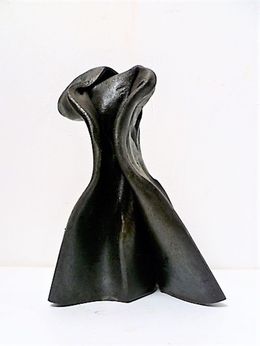
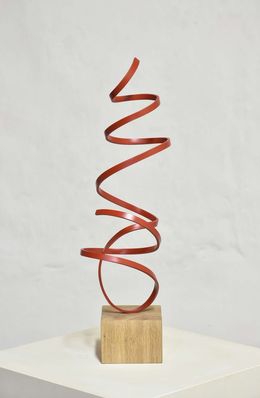

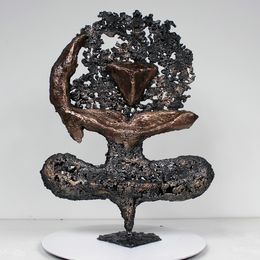



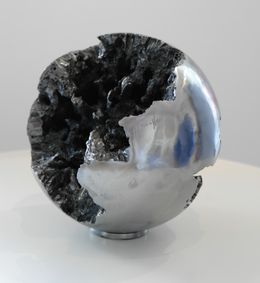
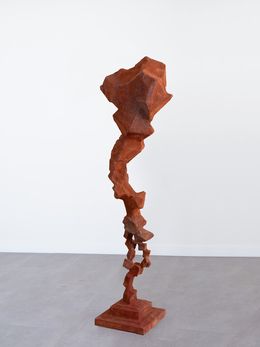


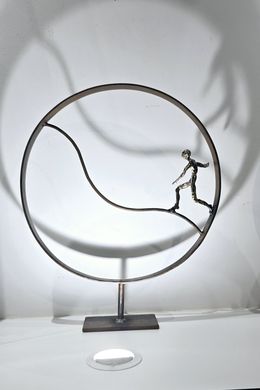
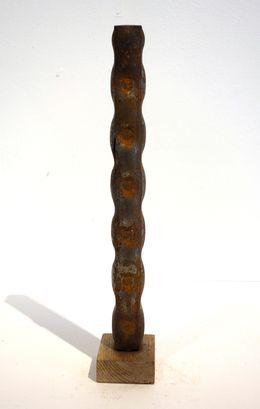
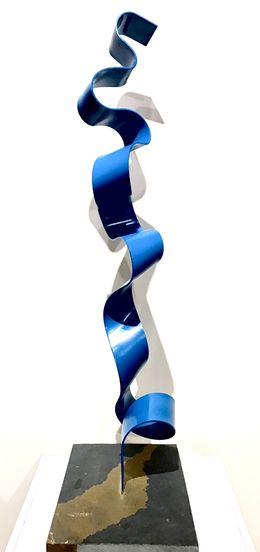
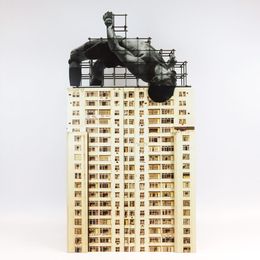

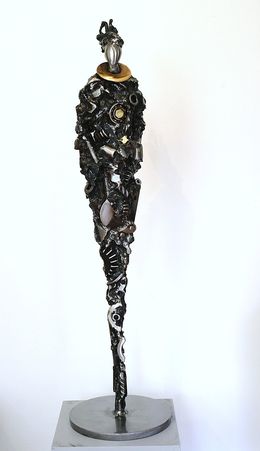


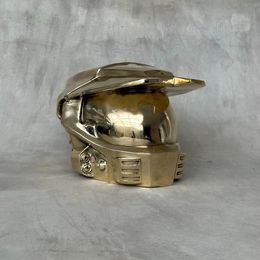
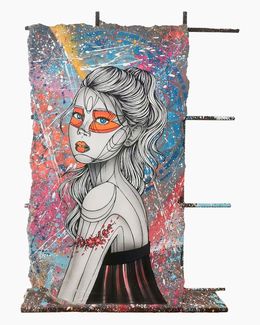
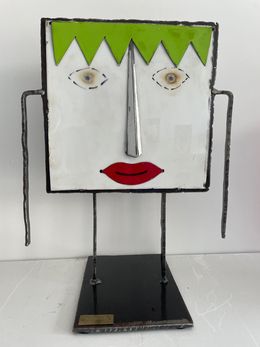
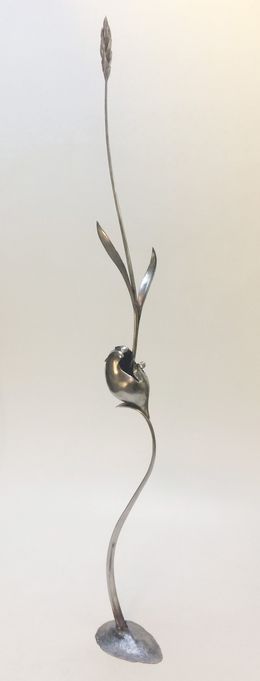


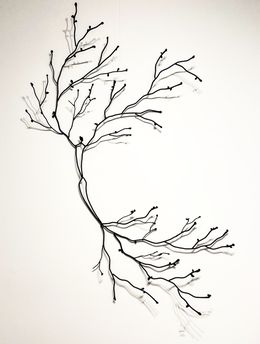

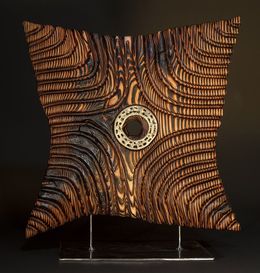


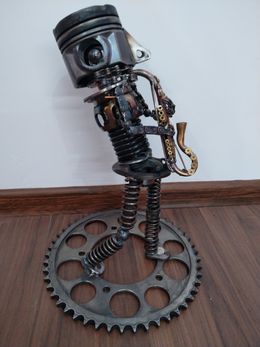


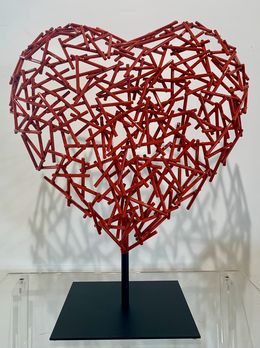


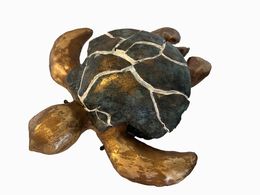

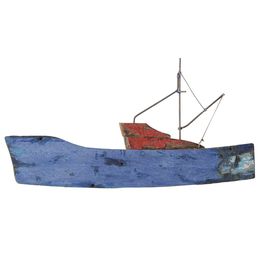


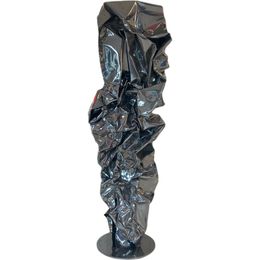

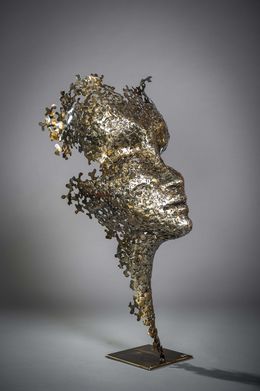
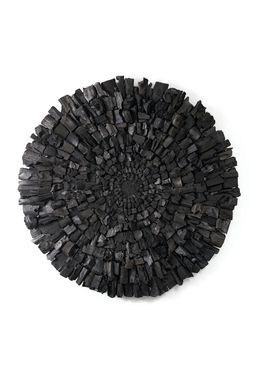

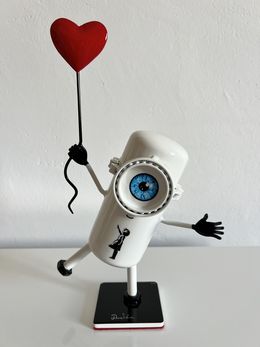
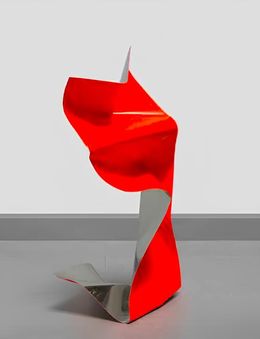
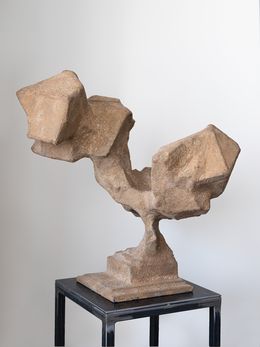
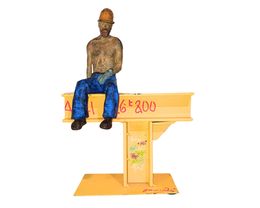
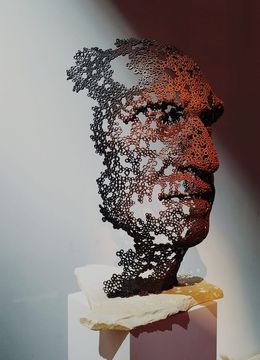

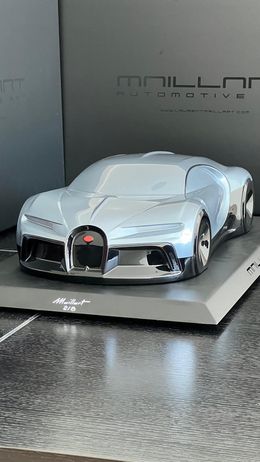
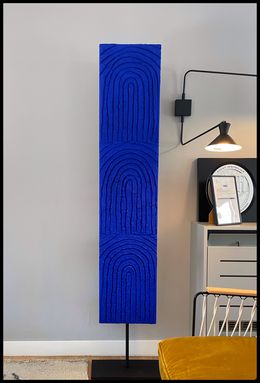
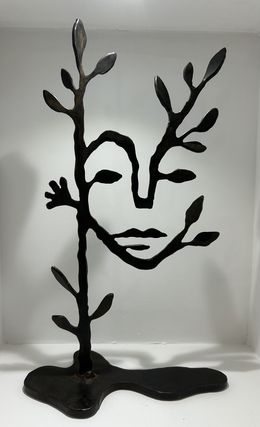
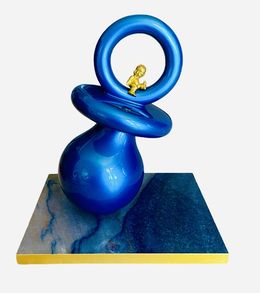
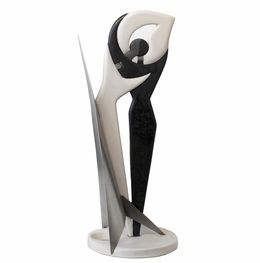




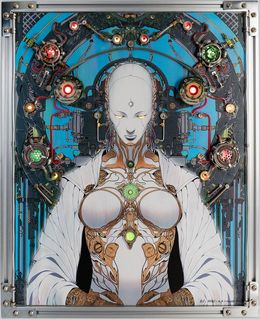
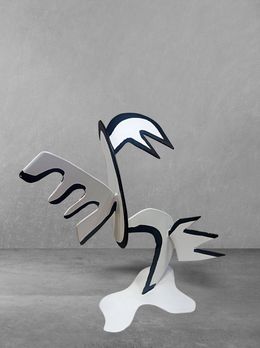
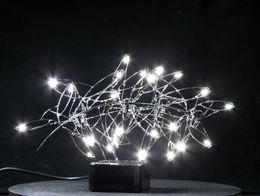
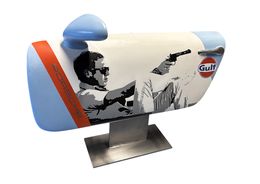



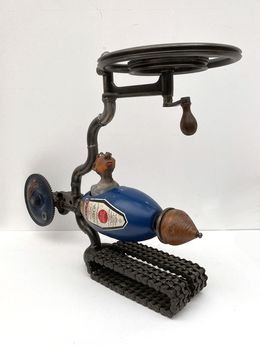
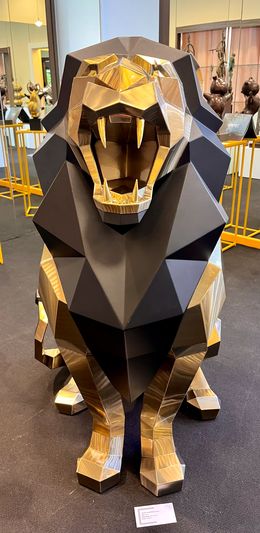
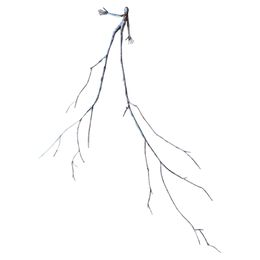

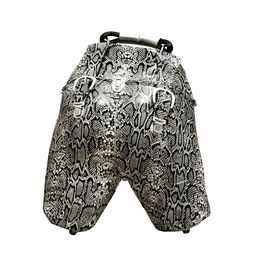


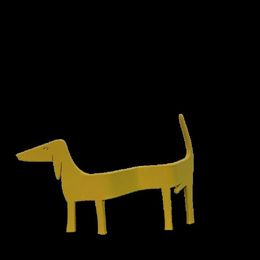
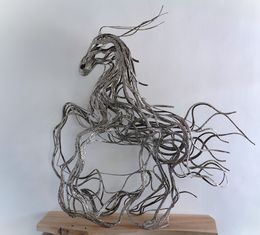
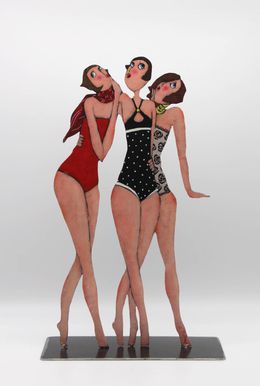
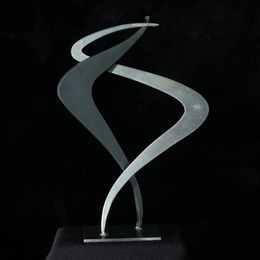
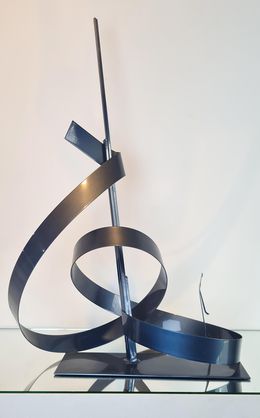

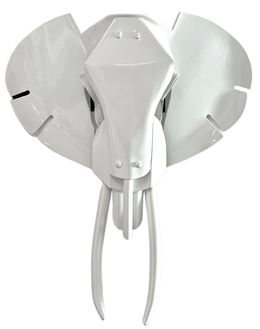



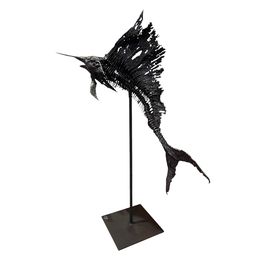



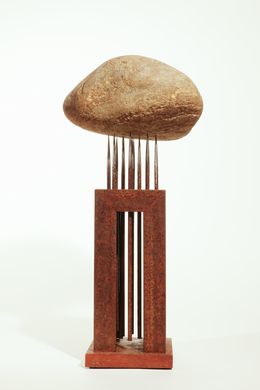

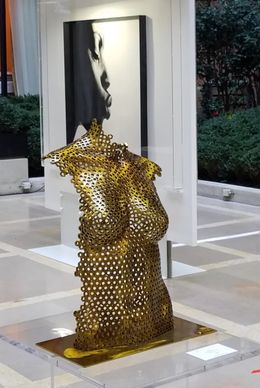
Discover the styles & movements
Discover the selection of our experts
A sculpture made of metal can have different names depending on the type of metal used. For example, a sculpture made from bronze is called "a bronze".
One famous artist who produces steel sculptures is Richard Serra, an American artist born in 1938. He is known for his large-scale sculptures that are site-specific to their locations, and explore the relationships between the artwork, the viewer, and the space.
One of the most famous steel sculptures in the world is Chicago's Cloud Gate sculpture, created by British artist Anish Kapoor between 2004 and 2006. It weighs 110 tons, and its surface is comprised of seamless stainless steel plates.
